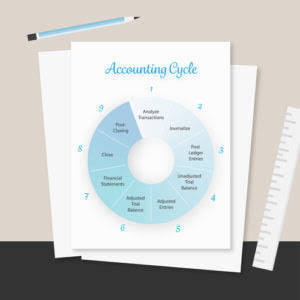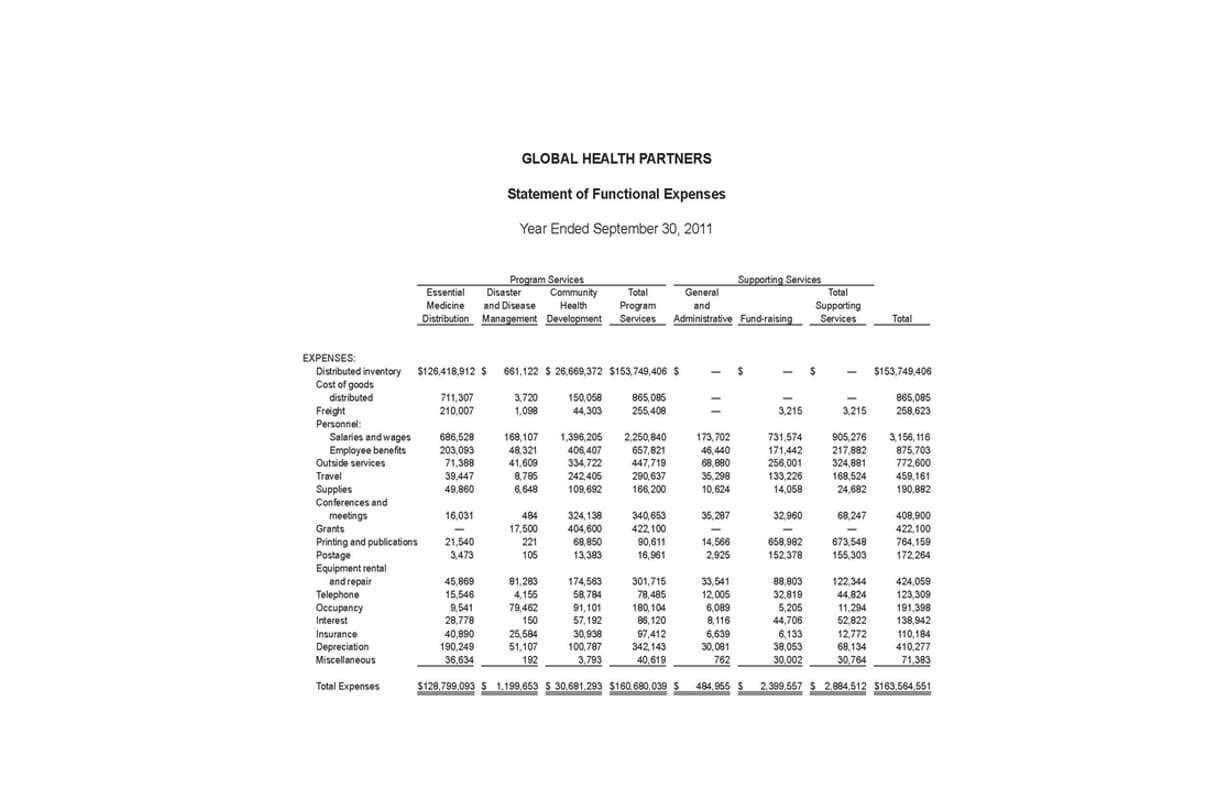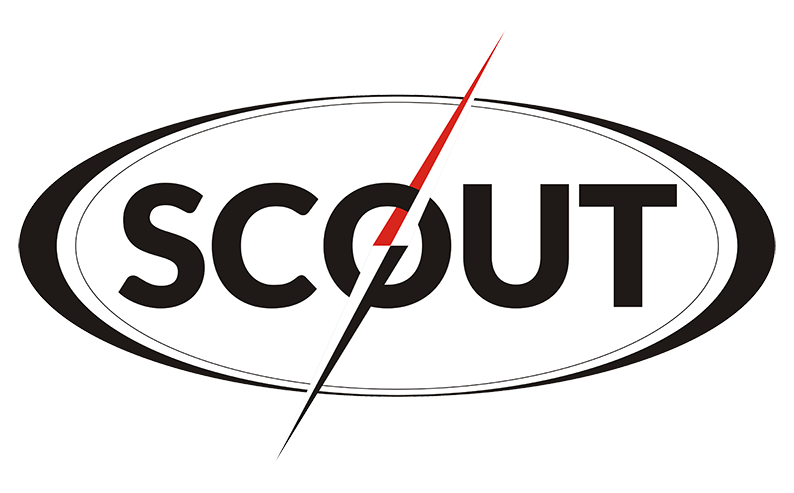
Assume that a construction company builds a 10-story office complex that is under contract at a sales price of $4 million. The company estimates its total cost to complete the structure will be $3 million. In construction projects, managing finances can be a challenging task — but understanding committed costs can simplify the process. Committed costs refer to expenses that are guaranteed through formal agreements,…
Example of the Cost Recovery Method
- The problem with revenue recognition is that many companies are valued based on the revenues they report, so there is an incentive to report excessively high revenue levels.
- The cost-to-cost method calculates the percentage of completion based on the ratio of costs incurred to date to the estimated total costs of the project.
- If you start on November 1st, you need all the billings and direct costs (to date) for each project.
- The percentage of completion method is an accounting approach that allocates revenue and expenses to a project in proportion to its completion.
- It also helps you track income and expenses more accurately while strengthening your ability to make informed decisions, secure funding, and maintain profitability throughout the project life cycle.
The applicable interest rates for corporate taxpayers for amounts in excess of $10,000 are shown in Table 3. The overpayment rate designated under section 6621 is used to calculate the interest for both hypothetical Bookkeeping vs. Accounting overpayments and underpayments. The applicable interest rates are published quarterly in revenue rulings in the Internal Revenue Bulletin available at IRS.gov. Use Part I only if you are not electing, do not have an election in effect, or are not required to use the simplified marginal impact method as described in the instructions for Part II, later. For individuals, include any interest due in the amount to be entered for total tax (after credits and other taxes) on your return (for example, 2018 Form 1040, line 15).
- A company sells a piece of heavy machinery for $100,000 on an installment basis, where the buyer pays for the machinery in four equal annual installments of $25,000.
- The method of accounting will depend on the types of contracts the contractor works on.
- Meanwhile, the completed contract method might be less intuitive for external stakeholders.
- If revenue is billed in advance of actual job progress, the profit can be overstated for a period.
- There are several methods available for allocating and capitalizing costs under section 263A, and for allocating costs to long-term contracts.
Navigate midsize and enterprise business challenges and opportunities
A change to or from any of these methods is a change in accounting method that requires IRS consent. Using the applicable regulations and notice listed below, the applicant should verify which methods are presently being used and the proposed methods that will be used before completing Schedule D, Part III. Do not include amounts that are not attributable to the accounting method change, such as amounts that correct a math or posting error or errors in calculating tax liability. In addition, for a bank changing to an overall cash/hybrid method of accounting, do not include any amounts attributable to a special method of accounting. Some automatic changes in methods of accounting waive some of the above requirements.

Scroll less, learn more about construction.
If the requested change is approved by the IRS National completed contract method example Office, the filer will receive a letter ruling on the requested change. File a separate Form 3115 for each unrelated item or submethod that is being changed. A contractor’s tax return can have more than one method of accounting at the same time.
Impact on the Chart of Accounts
- The Completed Contract Method is a concept in accounting used primarily for long-term projects.
- Under the completed contract method, you would only recognize $2,500 of revenue since you have only completed 50% of the project.
- Therefore, it’s crucial to fully understand the chosen method to stay on top of tax compliance.
- The signature section of Form 8697 does not have to be completed by you or the paid preparer.
- Accrual excluding retainage is similar to accrual; however, it has the advantage of not recognizing retainage until it is received.
- Want to better understand your construction company’s revenue reporting options?
- While there are several advantages to using the completed contract method of accounting, it can also lead to uneven revenue recognition, along with some potential challenges in consistent cost calculation throughout a project.
A contractor using the completed contract method is required to use a dedicated balance sheet to record their revenues and expenses. Costs and other billings are pushed to their separate income statement once the project is completed. Once a determination is made, the transition involves a restatement of prior period financial statements to reflect the change in CARES Act accounting principle. This restatement is necessary to provide comparability across reporting periods. The cumulative effect of the change on prior periods is typically recorded as an adjustment to the opening balance of retained earnings in the year of change. This adjustment ensures that the financial statements reflect a consistent application of the completed contract method over time.

